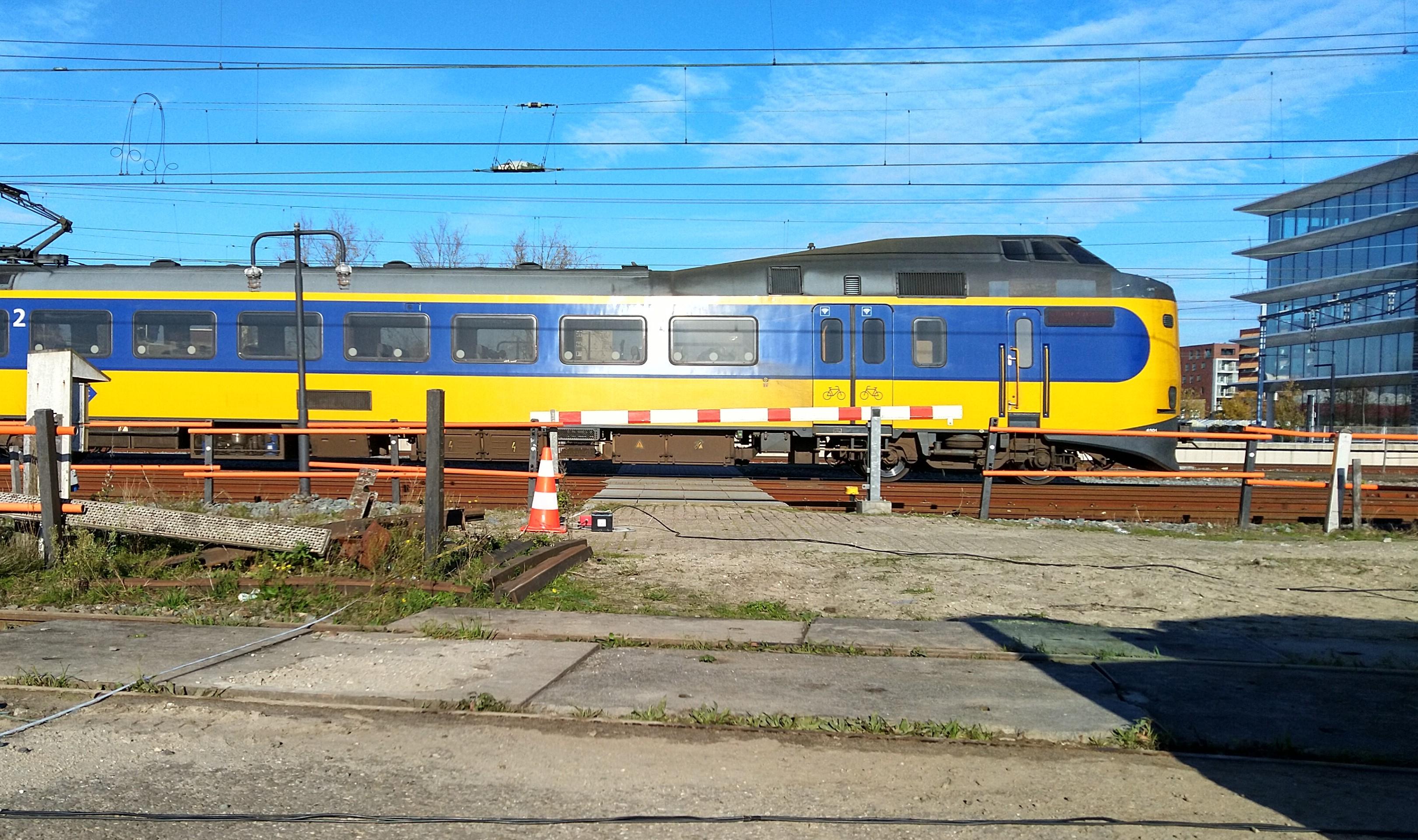
Track vibrations are often only noticed when there's no noise
On the table is a coffee cup. The room is silent. And then, as if it is being awakened, the spoon in the cup begins to rattle. Briefly. The cause? A passing freight train. You can't hear this train thanks to a noise barrier. But you can feel it. Such track vibrations aren't directly harmful to humans, in contrast to excess noise, which can be. However, vibration can be annoying for local residents. Which is why track vibrations are also measured, investigated and calculated so that the expected vibration level can be predicted. Both on the source and receiver side.
The HSL-Zuid (High-Speed Line South). The metro in Amsterdam. Research into noise and vibration characteristics of various steel bridges. The construction of the tram line between Amstelveen and Uithoorn. These are some of the projects for which M+P has measured and investigated (track) vibrations in recent decades. The strange thing about this is that there are no legal standards for permitted nuisance for vibrations, while there are for noise – a form of vibration. Noise is simply more conspicuous: you often only notice track vibrations when there's no noise. In order to gather more knowledge about what you can do to reduce these vibrations and, hence, the nuisance, ProRail is carrying out the Innovatieagenda Bronaanpak Spoortrillingen (IBS, Track Vibration Source Approach Innovation Agenda) on behalf of the Ministry of Infrastructure and Water Management. Part of this is the development of a calculation model for the generation of track vibrations, the SpoorTrillingenEmissieModel (Track Vibration Emission Model), or STEM for short. M+P is closely involved in this, bringing the market participants together and writing the project proposal, among other things.
Searching for the optimum
‘We can apply a lot of our knowledge in the field of noise – frequencies and wavelengths, for example – to controlling track vibrations’, says Ard Kuijpers (director and senior consultant). ‘But it works a little differently. Suppose you want to build a railway. Then, to reduce noise, you would want to attach the rails to the surface as firmly as possible, so that the vibrations flow away into the ground. On the other hand, if you want to minimise vibrations in the surrounding area, the rails should be completely loose. So we look for the optimum and investigate what the most effective solution is. For example, when deepening the track at Vught, we looked at the added value of using floating concrete slabs, which, as such, do not transmit the vibrations. The slabs themselves, however, are well anchored. Effective. But you do pay top dollar. The benefits don't always outweigh the costs.'
On both sides of the track
In addition to research, M+P also carries out measurements. ‘Space is scarce in the Netherlands’, says senior consultant Marc Burgmeijer. ‘The last places to be built on are, for example, near busy roads, bridges and tracks. In order to avoid new residents being inconvenienced, we measure the track vibrations and advise on the construction measures to be taken within various construction zones. Which means I'm on the "receiver side", while Ard is on the "source side": the railway construction and the train. These are rather complicated measurements, mainly involving cleverly linking data streams. Our measuring systems store several hundred measurements per second. After two weeks - a period in which we've seen just about every type and size: vehicle type, speed, weight, etc. - we have a huge amount of data. With the help of Python data tools, we then process this into useful insights.’

